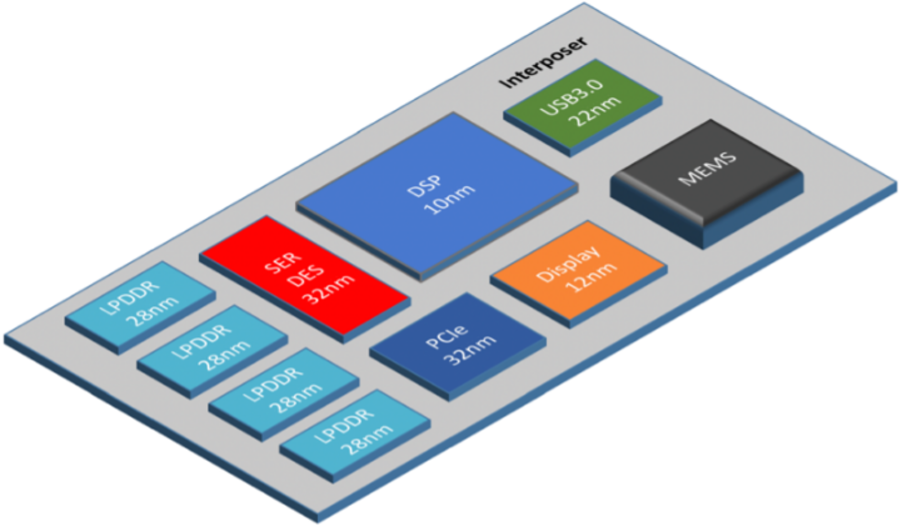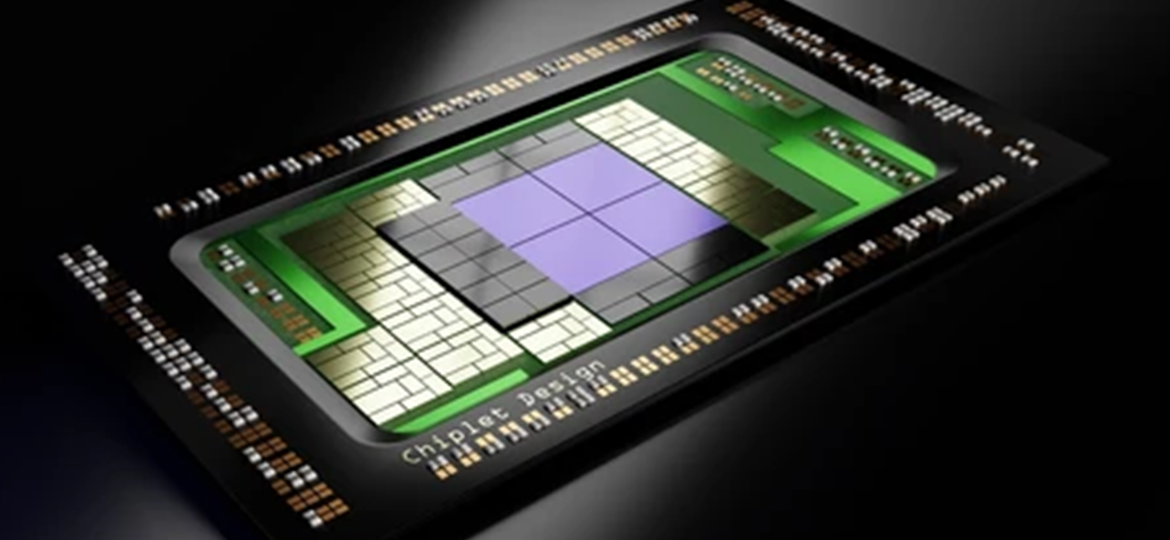Industry Trend Report|Chiplet Revolutionary Semiconductor Technology
ChipletExploring the Dynamics of Technology Development
From the previous article, we have discussed that in order to reduce power consumption and improve performance in semiconductor transistors, semiconductor manufacturing processes continue to advance, and in addition to gate width shrinkage, the transistor has also changed from planar to three-dimensional. However, the production cost is also getting higher and higher, especially the Moore's Law, which is the guideline of the semiconductor industry, is gradually failing, and it is not possible to solve all the problems through process shrinkage. Therefore, Chiplet technology has become a solution to break through the bottleneck of Moore's Law, and reduce the cost of wafer development and manufacturing, which is to divide a single wafer into several functionally independent small wafers such as processor, analog components, memory, etc., and then integrate them into a functionally complete wafer by means of advanced packaging. It is a solution that divides a single chip into several functionally independent chips, such as processor, analog components, memory, etc., and finally integrates them into a full-featured chip through advanced packaging. The concept originated from Intel co-founder Gordon Moore's 1965 paper "Cramming More Components Onto Integrated Circuits," which not only proposed the famous Moore's Law, but also pointed out that it would be more economical to build large systems with small, single-function chips that are individually packaged and interconnected. In 2015, Marvell's Dr. Hsiu-Wen Chou proposed the concept of Modularized Chip (MoChi) at the International Solid-State Circuits Conference (ISSCC), which made the semiconductor industry pay attention to the Chiplet technology, and in recent years, in order to reduce the development and manufacturing costs of high-end chips, coupled with the rapid advancement of packaging technology, more and more IC designers have introduced the Chiplet design, which has become an important semiconductor industry trend. Chiplet design has become an important trend in semiconductor technology development and is changing the ecology of the global semiconductor industry. According to a report published by Omdia, the global Chiplet market is expected to grow from $5.8 billion in 2024 to $57 billion in 2035, and Chiplet technology has the following three advantages.
- Chipletization of SoCs allows each chiplet to be manufactured with the appropriate process technology and then integrated into a single SOC chip through advanced packaging technology, eliminating the need for front-end advanced manufacturing processes, which significantly reduces the cost of wafer production.
- Smaller wafers usually have fewer defects and better wafer area utilization efficiency, so SoCs can significantly improve process yields and reduce production costs after being Chipletized.
- Chipletizing SoCs enables selective updating of specific cells, which reduces repetitive design and verification efforts, thereby reducing the complexity and cost of chip design and shortening new product development time.
Fig. 1, Chiplet architecture schematic diagram

Source : Cadence










